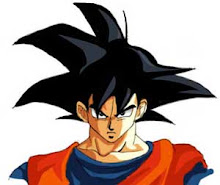
The aim of core stability training is to learn how to effectively recruit the deep trunk musculature and then to control the position of the lumbar spine during dynamic movements (like a squat).
TVA
Lumbar multifidus
Internal oblique
Pelvic floor
Diaphragm
Medial fibres of QL
The co-contraction of all these babies produces stability via two main mechanisms:
1) Force production via thoracolumbar fascia (TLF) creating tension and stability posteriorly
2) Increasing intra-abdominal pressure (IAP) stabilising the spine
The TLF can provide tensile support to the lumbar spine via deep trunk muscle activity. The TVA and internal oblique both attach to the thoracolumbar fascia which wraps around the spine connecting the deep trunk muscles to it.
When the TVA contracts it creates an increase in tension in the TLF which in turn, transmits a compressive force to the lumbar spine which enhances stability.
The increased tension of the TLF compresses the erector spinae and multifidus muscles, which encourages these to contract and resist spine flexion forces (Lewis et al, 2000)
The IAP mechanism can provide a supportive effect to the lumbar region as the co-contraction of the pelvic floor, diaphragm, TVA and multifidus increase IAP. This results in a tensile force being exerted on the rectus sheath (rectus abdominus) which adds to this effect.
The 'supported bag of air' effect reduces compression and shear forces acting on the spine. Research shows that IAP increases before and during lifting heavy objects e.g. weightlifting.


